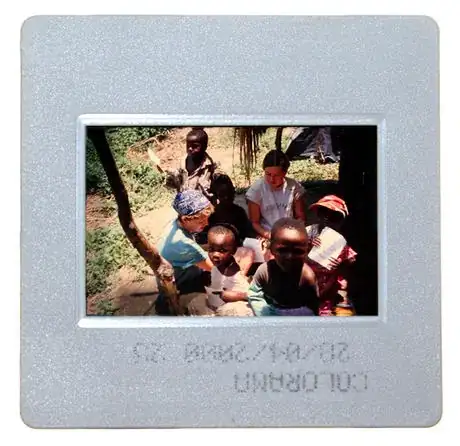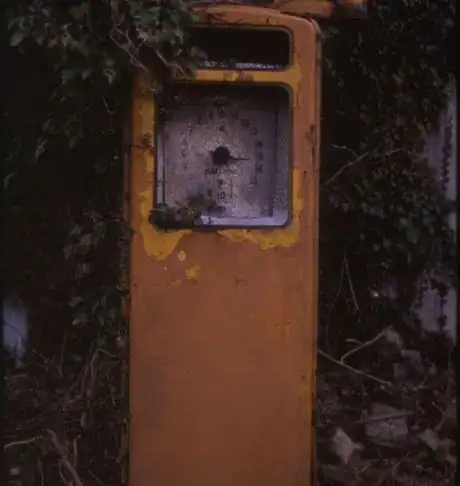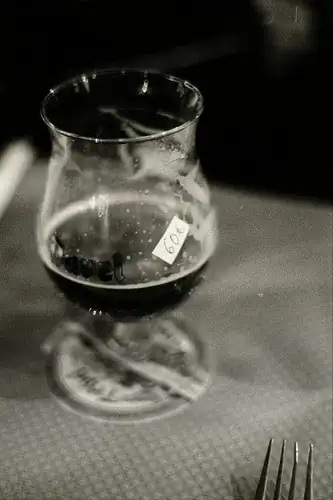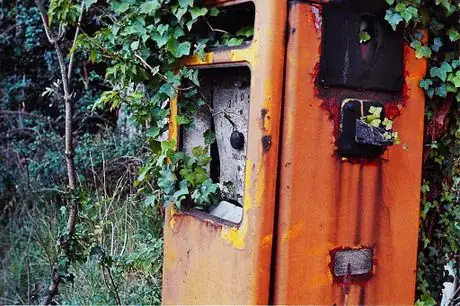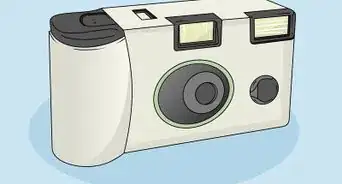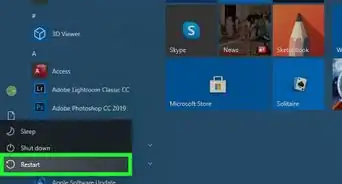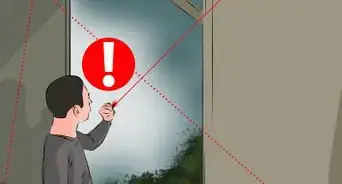wikiHow is a “wiki,” similar to Wikipedia, which means that many of our articles are co-written by multiple authors. To create this article, 16 people, some anonymous, worked to edit and improve it over time.
wikiHow marks an article as reader-approved once it receives enough positive feedback. In this case, 92% of readers who voted found the article helpful, earning it our reader-approved status.
This article has been viewed 225,135 times.
Learn more...
The film you choose for your camera matters far, far more than your choice of camera and lens. There are three kinds of films you are likely to encounter: colour negatives, E-6 slide films, and traditional black and white films. All of these have their place, and none of them is perfect for every photographic situation; and all of them are capable of getting great results if you use them appropriately. There are trade-offs involved in using every kind of film; armed with the right knowledge, you'll be able choose one that's good for your needs.
Steps
Community Q&A
-
QuestionWhat film is best for a novice photographer to use with a Nikon N80 SLR camera?
 Community AnswerIf you want to shoot color negative (print) film, then something like ASA 100/200 for a start to see how the results are. Make sure you set the ASA dial on the camera to suit film speed.
Community AnswerIf you want to shoot color negative (print) film, then something like ASA 100/200 for a start to see how the results are. Make sure you set the ASA dial on the camera to suit film speed. -
QuestionWhat is the difference between HP and FP film?
 Community AnswerHP is high speed and FP is fine grained.
Community AnswerHP is high speed and FP is fine grained. -
QuestionWhat is the best 35 mm film speed to use for taking pictures of outdoor Christmas lights at night?
 Community AnswerTry using films with higher ISO, like 2000 or 3200. They work well at night, but it all depends of your environment. Do some tests to see which works best.
Community AnswerTry using films with higher ISO, like 2000 or 3200. They work well at night, but it all depends of your environment. Do some tests to see which works best.
